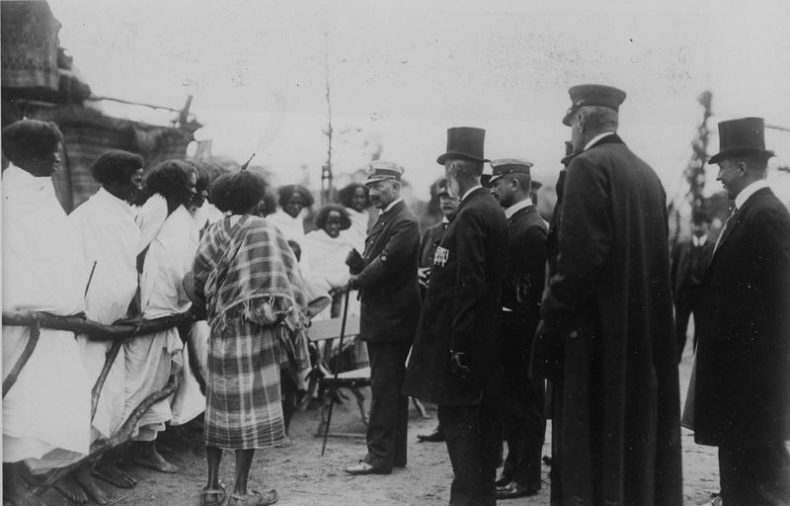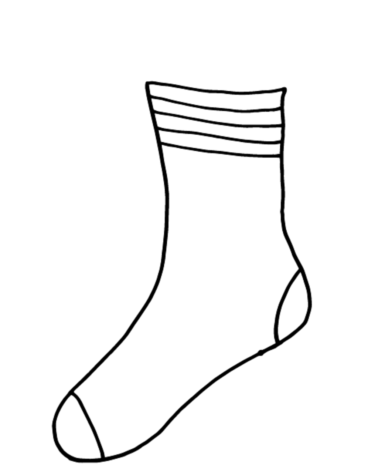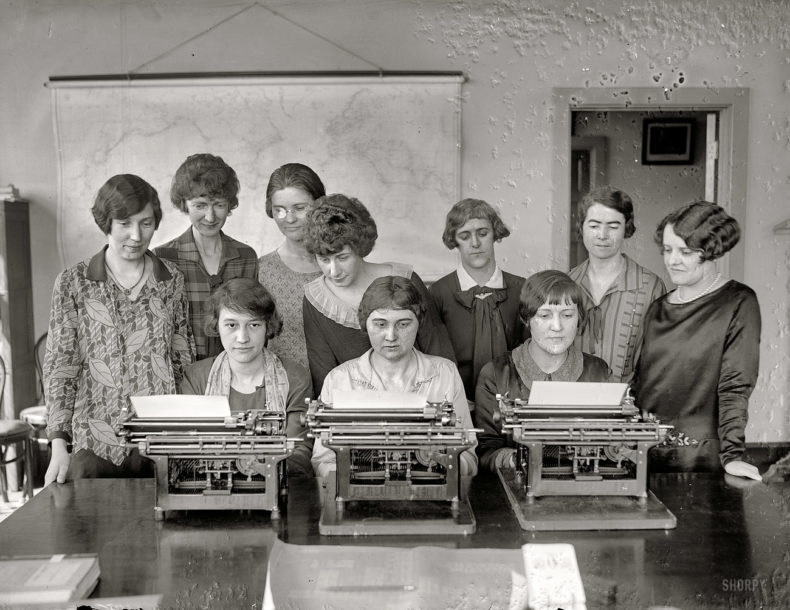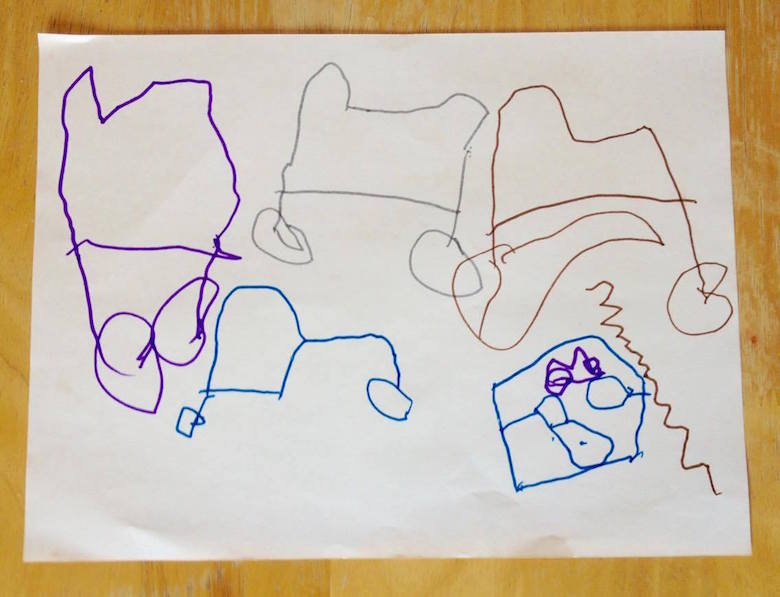Last week I roamed the trails of the Zurich Zoo with my son. The new elephant exhibit, we heard, included an underwater window in which one could watch the elephantine legs paddling. As a tourist attraction, though, a world-class zoo is pretty much the same wherever you go, and it wasn’t exactly a thrilling day. More eerie was the thought that the ghost of zoos past haunt these exhibits.
For one thing, the treatment of captive animals has been subject to changing values, but the definition of an animal suitable for captivity has also changed. Along with many other European cities, Zurich in the 19th Century – though not this particular zoo, which opened in 1929 – played host to “anthropo-zoological exhibits” alongside their animal exhibits. People, in other words. As zoo animals.
More than 35,000 Indigenous people, over the course of 50 years, were recruited from around the world and displayed in enclosures for the satisfaction of thousands of top-hatted European zoo visitors. One of these human zoo animals, an Inuk named Abraham Ulrikap, kept a diary.






 March 20-24, 2017
March 20-24, 2017
